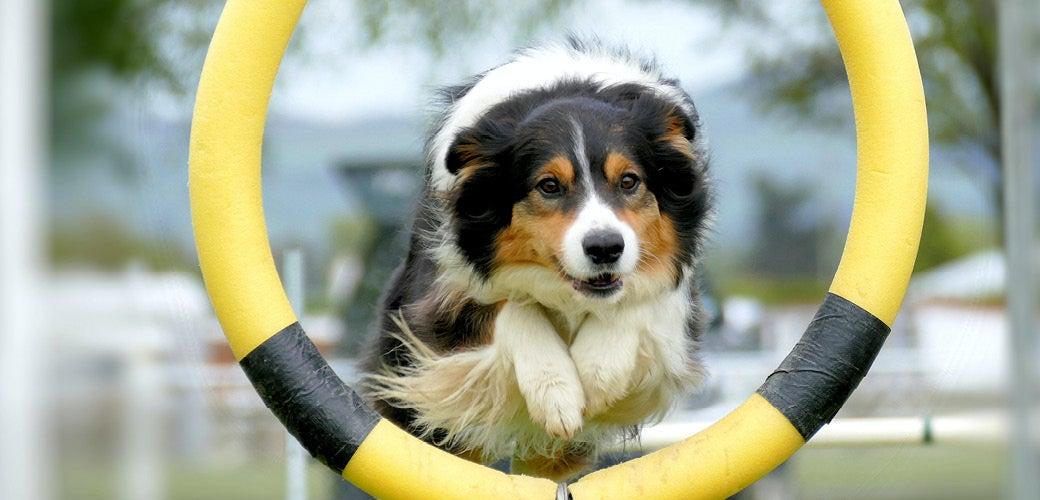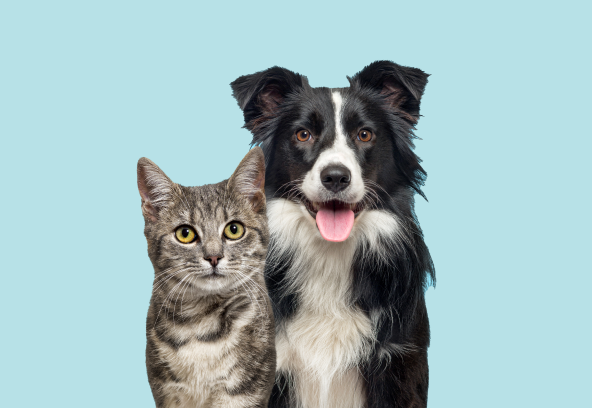Basic Tips for Training Your Dog

Got a new dog but not sure where to start their training journey? Follow our basic training tips to get off on the right paw.
Whether you’ve just got a new puppy or adopted an older dog, understanding basic dog behaviour and teaching them some basic commands is the best way to start off on the right paw, and make the most of your time together.
You can often use recognised dog behaviour as cues for training. Many of the actions we want to train our dog to do are behaviours they normally do anyway - like sitting, lying down, going to the toilet outside, or coming back to you. And dogs naturally want to please their human friends, which makes them easy to train.
Here are some tips to get you started with training your new companion:
Positive reinforcement
No matter what you’re trying to train your dog to do, the most important thing to remember is to use positive re-enforcement. This means that when the dog displays a desired behaviour you give them a reward in some form.
Conversely, it’s important to never scold or punish your dog for displaying an undesired behaviour, like toileting inside. Instead, ignore the behaviour, or correct it, then treat and praise when they display the behaviour you’re after.
Match commands with behaviour
Some behaviours you might want to train your dog to do are things they already do naturally - like sitting, lying down, and returning to you. The easiest way to train them to do it on command is to say the word when they display this behaviour naturally (for example, say ‘sit’ when they sit), then immediately praise and treat them. This way, they start associating the word with the positive outcome.
You can also use food luring. This is where you use a treat to physically guide your dog to sit, lie down, or come to you while you say the command, then let them have the treat when they get it right.
Keep the training sessions short
When starting off, it’s best to keep your training sessions short, for example 5-10 minutes when they’re puppies, as younger dogs have a short attention span. As soon as your dog starts to get distracted, or gets the desired action wrong more often, it’s best to leave it for the moment and end on a positive note.
Potty training
Becoming familiar with your dog’s behaviour can help the training process - especially when it comes to toilet training.
If you want to teach your pooch to toilet outside, one way to start this training is to keep an eye on your dog. If they start sniffing the ground and walking in circles, this is a good indication they need to go.
When you spot these signs, pop them on a leash and take them to a spot outside where you’d like them to do their business. If you want to teach them to go on demand, use this as an opportunity to start the training process and always have a treat at hand.
No matter how old, or young your dog is, it’s never too early or late to start their training. It’s a great way to bond with your furry companion and will make your time together more enjoyable and rewarding.

